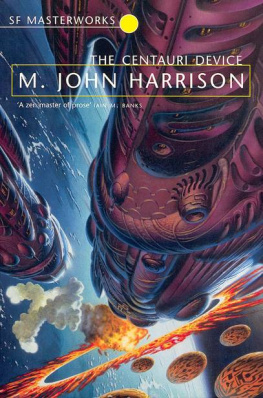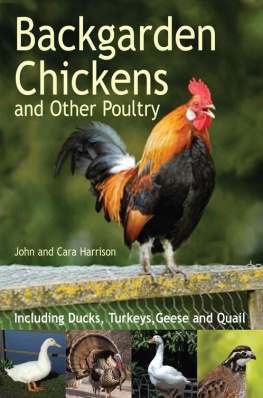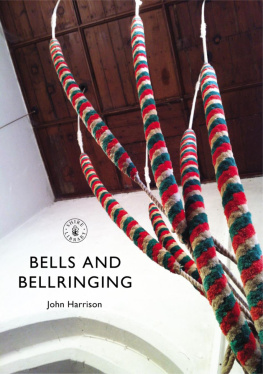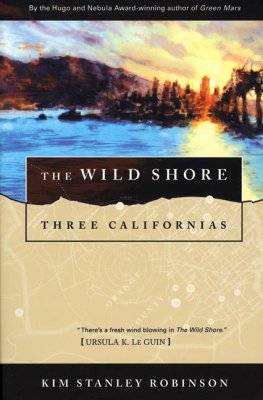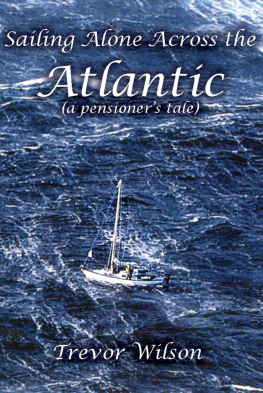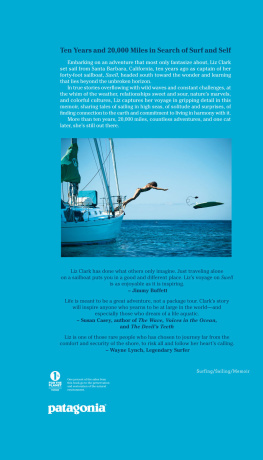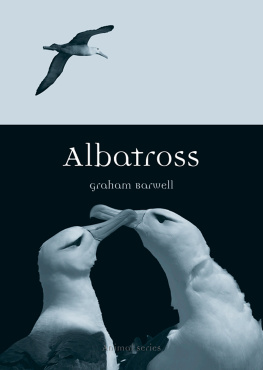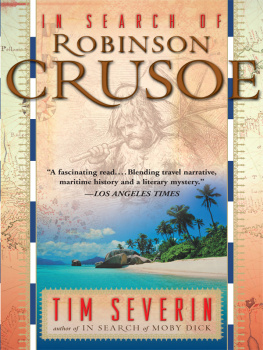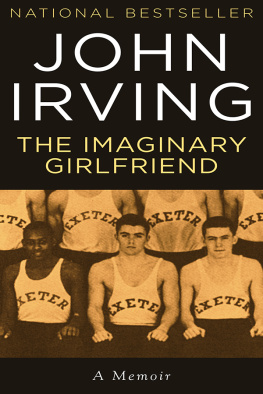John Harrison - Where the Earth Ends
Here you can read online John Harrison - Where the Earth Ends full text of the book (entire story) in english for free. Download pdf and epub, get meaning, cover and reviews about this ebook. year: 2014, publisher: Parthian Books, genre: Detective and thriller. Description of the work, (preface) as well as reviews are available. Best literature library LitArk.com created for fans of good reading and offers a wide selection of genres:
Romance novel
Science fiction
Adventure
Detective
Science
History
Home and family
Prose
Art
Politics
Computer
Non-fiction
Religion
Business
Children
Humor
Choose a favorite category and find really read worthwhile books. Enjoy immersion in the world of imagination, feel the emotions of the characters or learn something new for yourself, make an fascinating discovery.

- Book:Where the Earth Ends
- Author:
- Publisher:Parthian Books
- Genre:
- Year:2014
- Rating:3 / 5
- Favourites:Add to favourites
- Your mark:
- 60
- 1
- 2
- 3
- 4
- 5
Where the Earth Ends: summary, description and annotation
We offer to read an annotation, description, summary or preface (depends on what the author of the book "Where the Earth Ends" wrote himself). If you haven't found the necessary information about the book — write in the comments, we will try to find it.
Where the Earth Ends — read online for free the complete book (whole text) full work
Below is the text of the book, divided by pages. System saving the place of the last page read, allows you to conveniently read the book "Where the Earth Ends" online for free, without having to search again every time where you left off. Put a bookmark, and you can go to the page where you finished reading at any time.
Font size:
Interval:
Bookmark:
Where the Earth
Ends
John Harrison

John Harrison was born in Liverpool to a seafaring family who made a hobby of rounding Cape Horn. Hes now done it fourteen times, and breaks it up with trips to Antarctica and remote corners of South America. Home is in Cardiff, and shared with his partner Elaine. He has recently walked a thousand kilometres alone through the High Andes for two new books on Peru. He is a fellow of the Royal Geographical Society.
Coda
Virginia Choquintel
A year later, returning again from Antarctica, I found myself back in Ushuaia where demonstrators waved placards about the hielos intercontinentales, the worlds second biggest ice cap, up to 500 miles long and 50 miles wide, straddling the Andean border. It is white on the map, black and white on the ground, and Chile and Argentina occasionally threaten to go to war over it. Because it also means international ices it took me some time to realise that the demonstrators were not striking ice-cream workers.
I again stayed in the Hotel Alakaluf, where a conker-coloured native head was modelled in resin above the door. Like the cigar-store Indian, culture had become commodity. There was still a couple of days to kill before my flight home. A half-day drive took me through the mountains and on to the toe of the pampa on the eastern side of the island of Tierra del Fuego, to Rio Grande. From here I thought I would visit the Candelaria Mission, a short distance northwards up the coast, where they had tried to protect the last Selknam. The travel agency where I hired a car and driver was called Ona Travel. More heritage. Neither hotel nor agency had used the tribes own name for themselves.
The Candelaria Mission now houses a spanking new museum. A thin student sat at the reception desk, plugged into a Walkman. Jos Augusto Alazard had a white face, a brittle jawline and a strong southern Argentine accent. Capilla, normally pronounced cap-pee-ya, became capeesha. He insisted on showing me around and telling me things I already knew. I read the captions while pretending to listen. We stopped before a picture of two Selknam in front of a log wigwam. He began to explain about the house. I not only knew the picture, I knew the people in it. I tried a heavy hint: Yes, this is Tininisk the magician and his wife. He nodded and continued with his prepared talk.
We moved to a picture of a little girl learning knitting from a thin kindly-faced nun with watchmakers lenses in her round spectacles. The last 100 per cent Selknam, he said. I woke up, trembling, to what he was telling me. But all the books say the last was Paachek, he died in 1994.
Thats what they thought. Then they found Virginia Choquintel, she had gone to live in Buenos Aires and been forgotten about.
When did she die?
Die? Shes still alive, living in the north, I think. The travel agent in town will know her address, ask for Dario Romero.
The books were wrong.
I was flying home the next day, but had to change in Buenos Aires. If she still lived there, I might be able to juggle the time and look for her. I walked to the coast, crossing the road and entering a picket-fenced square overlooking the wind-whipped shore. The Atlantic coast was open and flat, almost like the edge of a great estuary. The cemetery was ill cared for. Stone tombs subsided and tilted, wooden crosses peeled and split, the grain of the wood was raised and ridged through desiccation. Some Spanish-name graves still bore inscriptions and dates; none of the native ones did.
To the north was the brown roller of Cabo Domingo, with its vertical cliffs, the killing cliffs. At the top of the beach lay a Magellanic penguin. It was this years chick, just into adult plumage, but dead. The tide is very long on the flat shore, and it had swum in a high tide, walked ashore on to the narrow beach, and returned to find the sea had disappeared. It seemed to have died of exhaustion and heat.
A construction rig hammered piles into the shore. They were building a two-kilometre pier to handle the oil drilled in the east of the Magellan Strait. When it is finished, a tide of development will engulf the Candelaria Mission. The bodies of the last Selknam will lie in an urban graveyard beneath the flares of a refinery.
In Ona Travel Dario Romero bounced to his feet and shook my hand in his well upholstered paw. A comfortable moustache nestled on his plump face. Alive? Yes! but not in Buenos Aires.
I sagged.
No! Here in Rio Grande!
Here? I pointed to the floor to be sure.
He tore a sheet from his notepad. He wrote down the district, Chacra II, frowned, then he remembered the street, Maria Auxiliadora. The number, I used to know the number. Its gone, they will know at the museum, ask for Carlos.
I looked at my watch, ten to five. What time does the museum close?
Five oclock. He shrugged. Dont worry about that, our driver will take you.
We got there as the museum shut, and the uniformed security guard was letting out the office staff. We knocked. Carlos was out, could we come back? I explained I couldnt. They let me in and found an archaeologist in a smart red suit and tiny feet, who knew the street number. Its opposite the Quilmes Video Store, she called after me.
I let the driver go home and gave a taxi-driver the address. Chacra II is a modern development that could be slipped into any urban British council estate. Concrete was used for buildings, paving and walls, and relieved only by asphalt. Any scraps of green landscaping had been kicked into submission. Many ground-floor windows were boarded up. The street numbering had a large gap in the range I was looking in. I knocked at random, and waited. A boy and a girl on bikes did circuits round and round, through the arch. Graffiti: Kill em all.
A tiny old woman peered out, then opened the door. Ah, the Indian! Over there. She gestured under an archway to a steel door, painted in anti-rust primer. When I tried to shut her garden gate, she shrieked at me. I looked down. I had picked up a section of loose fence instead.
I knocked. The first woman continued to watch me through her curtains. A thin, high voice asked who it was, and while I was still answering she began to loosen locks and bolts. I stood back and looked at the window. Between the net curtain and the pane was a Christmas stocking, still there in March. The flat went silent. As I thought to speak again, she opened the door.
Perhaps sixty years old, her flat grey hair was swept back and held by an Alice band. Virginia was short with a brandy glass-shaped body. Her broad-cheekboned face was very little darker than my own white skin. She wore a nightdress and a bra, and suddenly seemed to become aware she was not dressed. She pulled on a cardigan.
We sat down at a Formica table which she cleaned by pulling the sleeve of her cardigan across it and catching some of what fell in her palm, and tipping it back on to a plate. Behind her on the wall was a photograph of the King and Queen of Spain, signed by them both. On the sofa a friendly-looking ball of grey hair chewed a lamb chop bone.
She told me she was orphaned. Her father, Napoleon, had seen what the white man was prepared to do at Cabo Domingo, and could no longer bear to suffer on what had been his own land, under his own sky. He went away and died on the other side, as Virginia put it, meaning in Chile. He was back where he came from, along the shores of Lago Deseado, Longed-for Lake, just to the north of Lake Fagnano.
There are photographs taken early this century of a group of Selknam moving camp along the shore of Lake Fagnano. The women carried the guanaco-skin shelters, the cooking gear, the babies enshawled in fur. Each womans bundle might weigh two hundred pounds. One picture showed two families walking through the shallows on a sandy beach, all wearing large guanaco fur capes. The definition of the faces was poor, all seemed black, most were lost. They are walking on their toes, their bodies are reflected in the sheen of the wet sand, spelling out their symmetry with the land, dancing on their own souls.
Next pageFont size:
Interval:
Bookmark:
Similar books «Where the Earth Ends»
Look at similar books to Where the Earth Ends. We have selected literature similar in name and meaning in the hope of providing readers with more options to find new, interesting, not yet read works.
Discussion, reviews of the book Where the Earth Ends and just readers' own opinions. Leave your comments, write what you think about the work, its meaning or the main characters. Specify what exactly you liked and what you didn't like, and why you think so.

